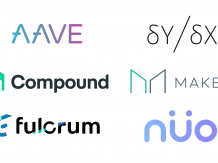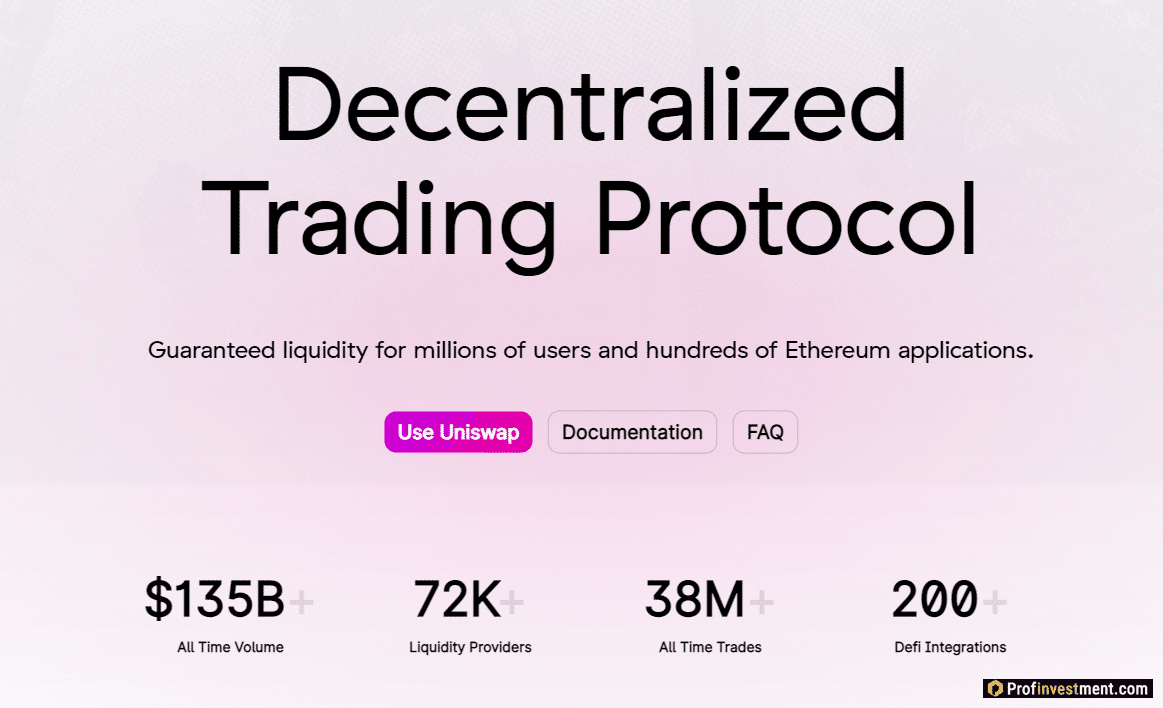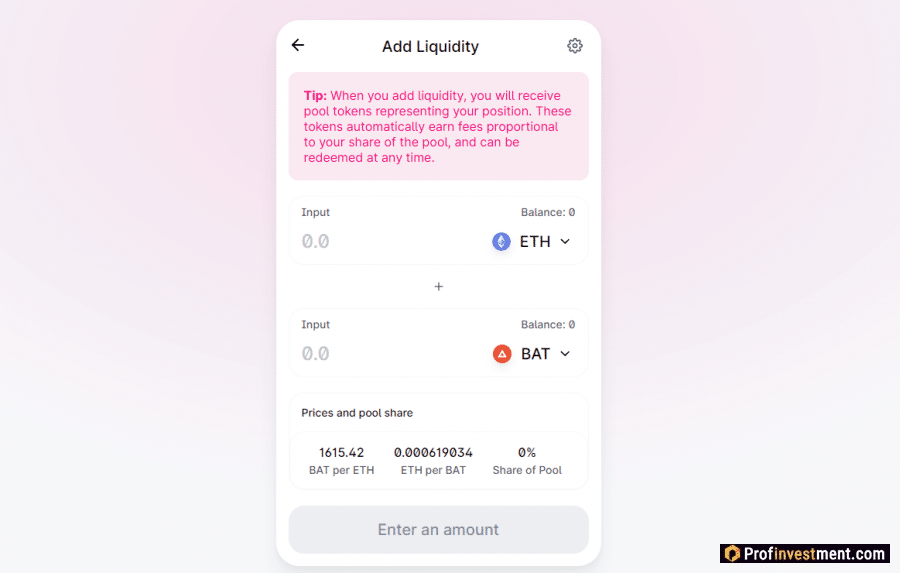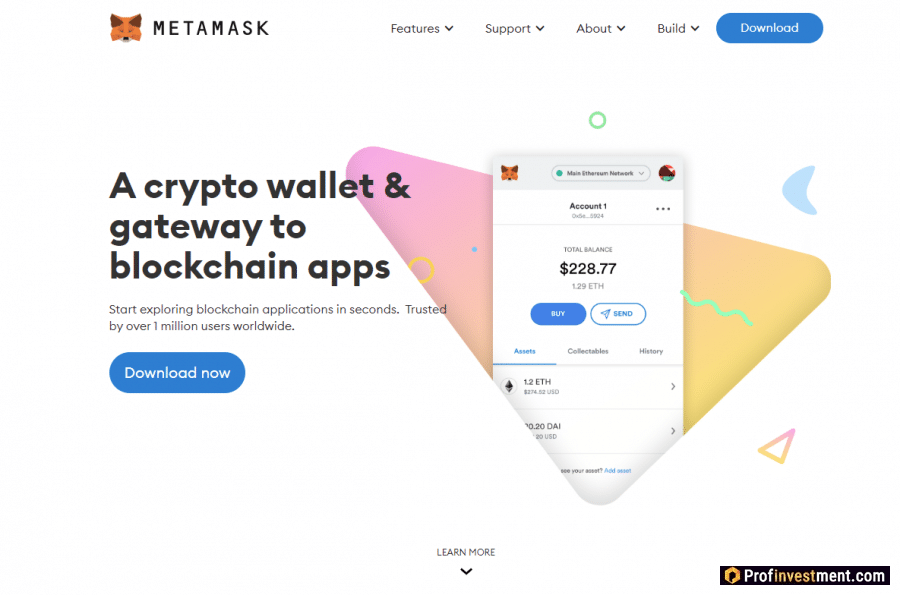Filecoin – a decentralized system for data exchange and cloud storage. Developed by Protocol Labs, a research and development company that specializes in Web 3.0 solutions. Filecoin is a blockchain based on IPFS (Interplanetary File System). FIL Is the network’s own cryptocurrency, serving as a payment instrument connecting buyers and sellers in the IPFS ecosystem.
In 2017, Filecoin raised $ 206 million on ICO, which attracted the attention of thematic media. Today the project declares itself again – its cost has grown by 120% in a week, and capitalization has made it possible to enter the top ten. The system is actively developing and provides users with new opportunities, for example, from March 31, users can create NFT galleries thanks to the partnership between Filecoin and the Truffle Suite platform.
The Bitcoinminershashrate.com editors will talk about the FIL cryptocurrency, the Filecoin platform in general, and what value they carry in the modern technological space.
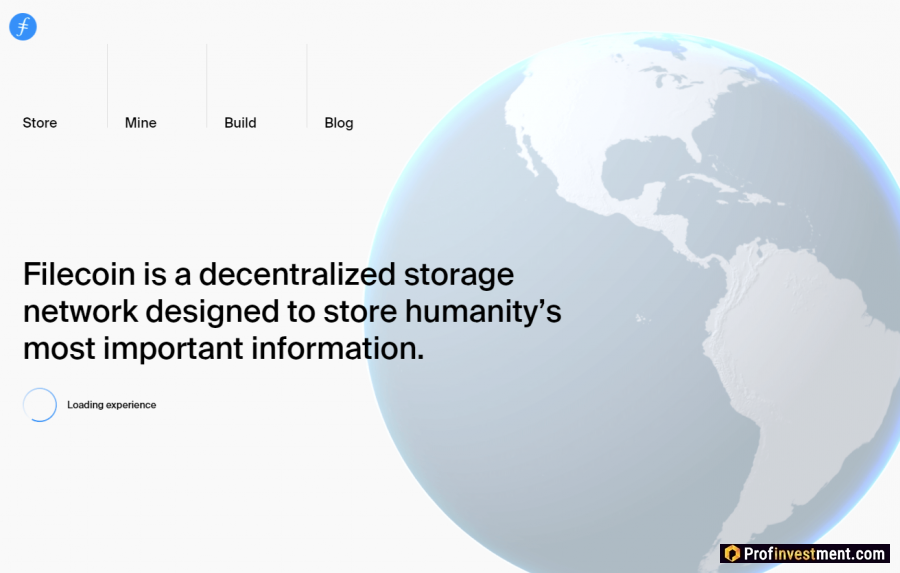
The content of the article
general information
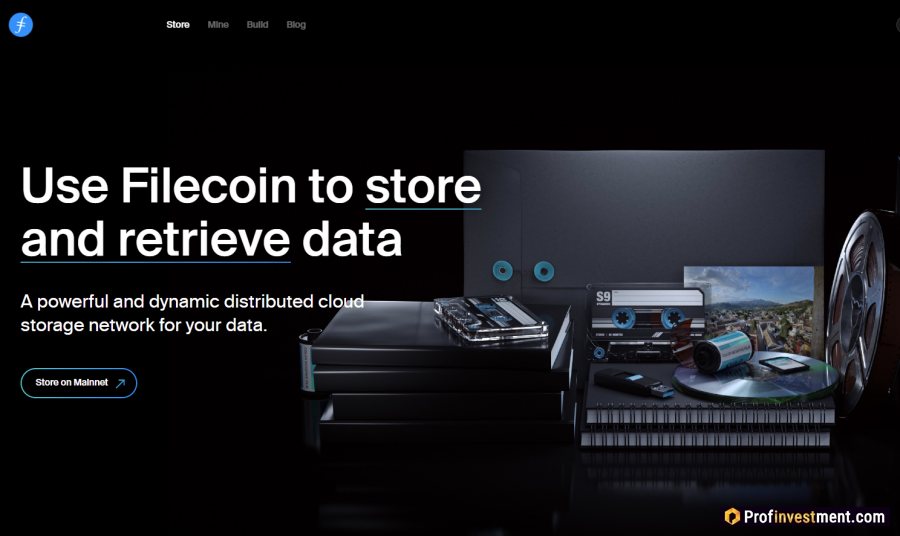 Filecoin cryptocurrency chart (FIL)
Filecoin cryptocurrency chart (FIL)
FIL / USDT chart on Binance:
The essence of Filecoin
The point of Filecoin’s peer-to-peer network is to enable distributed file storage on the Internet and provide economic incentives for providing free hard disk space. No one centrally controls the storage and pricing processes. The markets are completely open and anyone can participate.
Members who need storage space pay so-called miners – people providing free space on their computers. Opportunities for ordinary users and miners (“storage providers”):
- Users can independently choose the trade-off between cost, storage capacity and speed. Filecoin-powered applications can negotiate data storage with any miner present on the network. There is no need to implement different APIs for each storage provider, as opposed to centralized cloud systems. In addition, users can check the safety of their data at any time by viewing evidence on the Filecoin blockchain.
- Storage providers can sell their unused space on the open market. It can be both organizations and individuals – any computer connected to the network or a dedicated system built specifically for Filecoin with a large amount of memory. As soon as the provider installs the Filecoin protocol, he immediately gets access to the market, where users will interact with him. No need to create your own storage API or spend on advertising. Entry barriers are minimized as much as possible.
An important feature of the protocol is the concept of a “useful blockchain”. While in PoW systems, miners are forced to perform high-cost calculations and buy equipment that is suitable exclusively for mining, in Filecoin blockchain protection is carried out through two proofs: the duration of the file storage and its safety (replication). For the fulfillment of these two conditions, the miner receives a reward in the FIL cryptocurrency.
Filecoin token (FIL): how to earn and buy
FIL is a means of payment for storage on the Filecoin Network… When the miner launches lotus-devnet (opens a new local node through the Lotus wallet), the node’s balance gets 500,000 FIL to work on the testnet. In the future, in this cryptocurrency, he receives payment for the space provided to him on the hard disk. FIL can be used to make transactions with other members of the Filecoin network. For mining, you need to install the Lotus wallet (more about it below).
You can buy FIL on many centralized cryptocurrency exchanges:
Filecoin wallets (FIL)
The official Lotus wallet is an implementation of Filecoin written by Protocol Labs. It is a collection of command line applications:
- Lotus Node is the node that verifies network transactions, which manages the wallet. Can perform data storage and retrieval operations.
- Lotus Miner is a FIL mining program.
- Lotus Worker is a worker who performs mining-related tasks.
Management of sending, receiving, storing funds is carried out through the command line. Commissions for transactions are set automatically, but they can be edited.
If you are not going to mine and are looking for an easier option for comfortable storage, then you can use the following wallets:
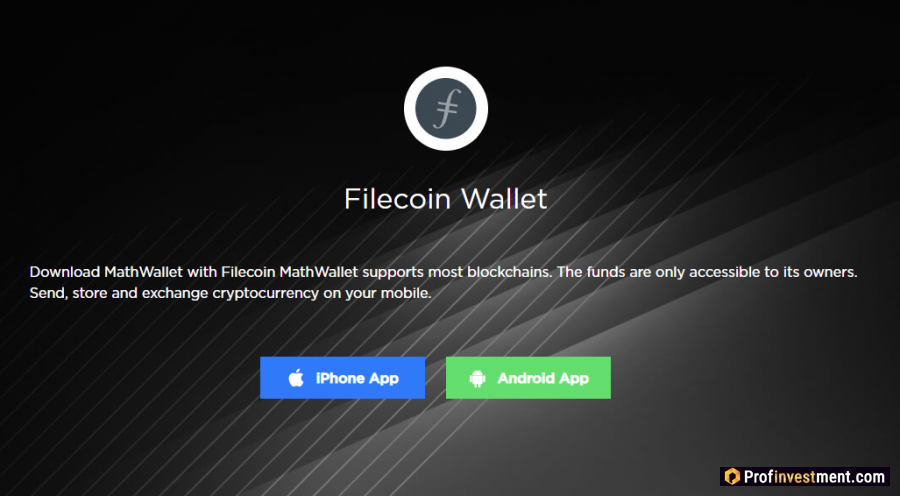
Conclusion
In the future, Filecoin will enable the launch of complex smart contracts that handle large amounts of information and valuable information transactions. This will be a step towards creating a new economy around data. Decentralized applications will be able to programmatically use smart contracts that manage storage. Already, the protocol provides the basic concepts that form a truly reliable decentralized storage area network. These concepts and functions include publicly verifiable cryptographic evidence of storage, cryptoeconomic mechanisms, public blockchain. This direction solves many of the existing problems in the field of cloud storage.







